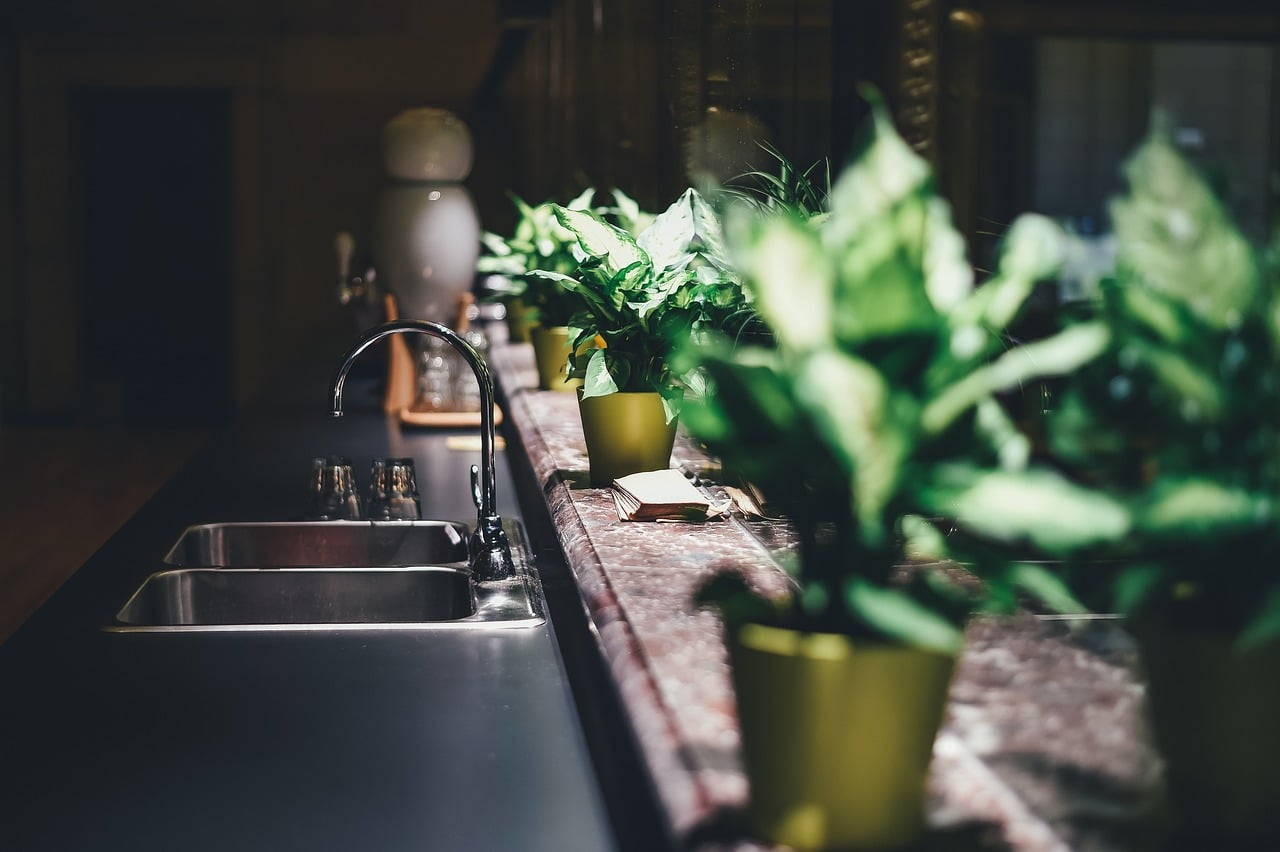Sustainability is no longer a trend. We all have a role to play in preserving our planet, and it starts with small steps. Thankfully, creating an eco-friendly kitchen means something other than sacrificing style or functionality. In fact, with the right choices, you can fix a house and design a kitchen that are both beautiful and sustainable..
Embrace Sustainable Materials
The materials you choose for your kitchen can have a big impact on the environment. By opting for sustainable materials, you can reduce your carbon footprint and support the circular economy. One great option is recycled or reclaimed materials or beautiful hardwood flooring.
For example, you could choose countertops made from recycled glass or cabinets from salvaged wood. These materials have a unique look and feel that can add character to your kitchen, while also reducing waste.
Another option is to utilize natural materials. For instance, you could opt for bamboo cutting boards, cork flooring, and linen dish towels for a sustainable touch. These materials are renewable, biodegradable, and often have a lower environmental impact than their synthetic counterparts. Plus, they add a warm and inviting feel to your kitchen.
Invest in Durable Products
One of the most sustainable choices you can make is to invest in high-quality, long-lasting products. By choosing items that are built to last, you can minimize replacements and resource consumption. This is especially true for appliances. When shopping for appliances, look for Energy Star certifications and compare energy consumption ratings.
Choosing energy-efficient models will not only save you money on your energy bills but also reduce your environmental impact.
Another way to extend the life of your appliances is to maintain them properly. Regular cleaning and upkeep can maximize their efficiency and lifespan. And, if you’re in the market for new appliances, consider second-hand options. Giving pre-loved appliances a new life is a great way to reduce waste and save money.
Conserve Water Wisely
Water is a precious resource, and conserving it should be a priority for everyone. There are several ways you can reduce your water usage in the kitchen. For example, you could install low-flow faucets and showerheads.
These fixtures reduce the amount of water that comes out without compromising water pressure. Repairing leaky faucets promptly is another simple way to save water. Even small leaks can waste gallons of water over time.
When it comes to dishwashing, running the dishwasher only when it’s full is a great way to maximize its efficiency and water consumption. And, if you’re washing dishes by hand, try filling up one sink with soapy water and the other with rinse water, rather than running the tap continuously.
Reduce Food Waste and Compost
Reducing food waste is not only good for the environment but also for your wallet. By planning your meals and creating shopping lists, you can avoid impulse purchases that may spoil before use. Storing food properly is another key to reducing waste. Utilize airtight containers and learn proper storage techniques to extend shelf life.
And, if you do have food scraps, consider starting a compost bin. Composting is a great way to recycle food scraps and yard waste for nutrient-rich compost for your garden. Not only does it reduce waste, but it also creates a valuable resource for your plants.
Reduce Your Carbon Footprint
Reducing your carbon footprint is essential for combating climate change. There are several ways you can do this in the kitchen. For example, you could purchase locally sourced food. This minimizes transportation emissions and supports local farmers and businesses. Plus, local food often tastes fresher and better.
Another way to reduce your carbon footprint is to grow your own herbs. Starting a small indoor or outdoor herb garden is a great way to have fresh ingredients on hand while reducing your environmental impact. And, when it comes to lighting, choose energy-efficient options like LED bulbs. These bulbs consume less energy and last longer than traditional bulbs.
By making these conscious choices, your kitchen can contribute to a more sustainable future, one delicious meal at a time. And, not only will you be doing your part for the planet, but you’ll also be creating a beautiful and functional space that you’ll love for years to come.

